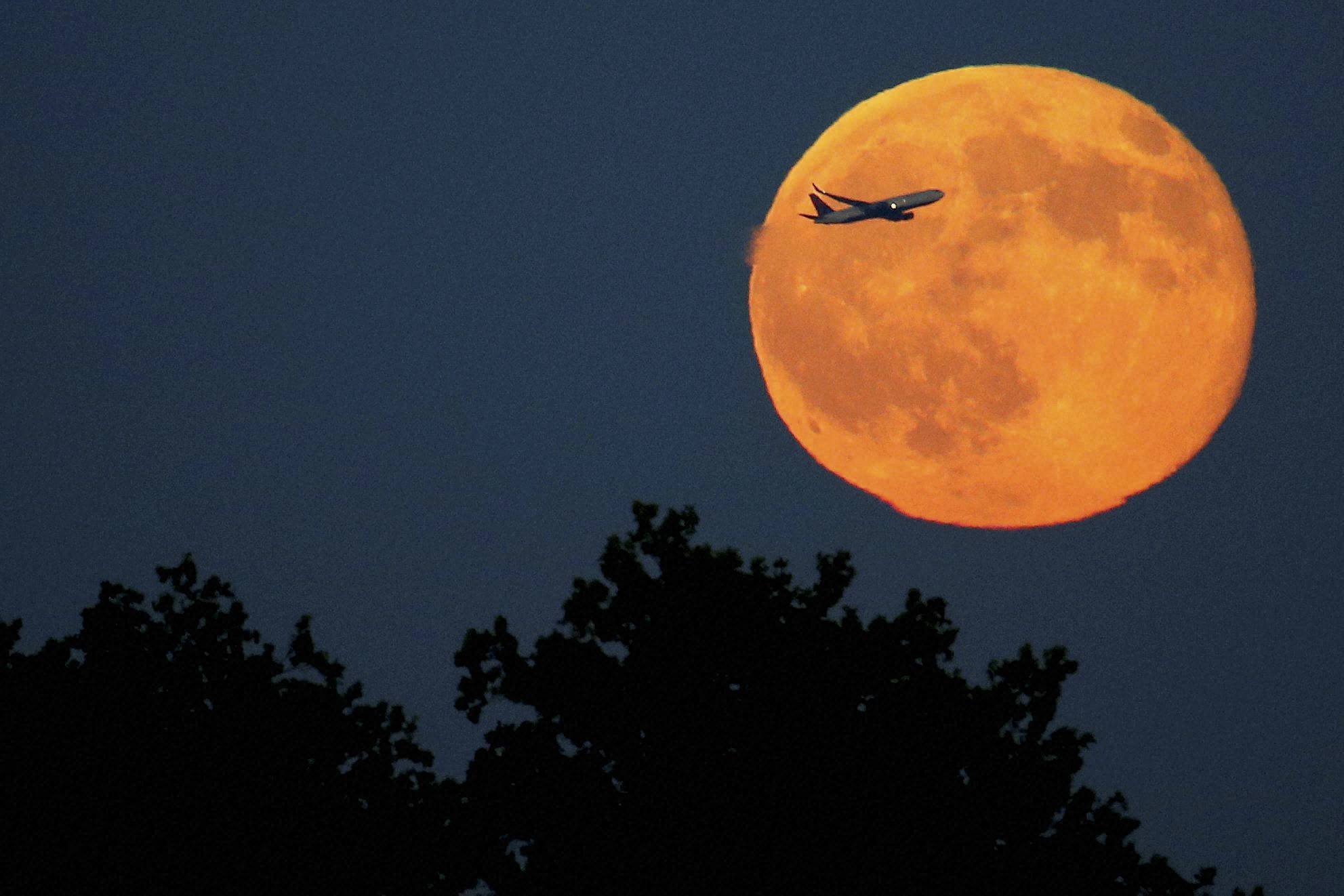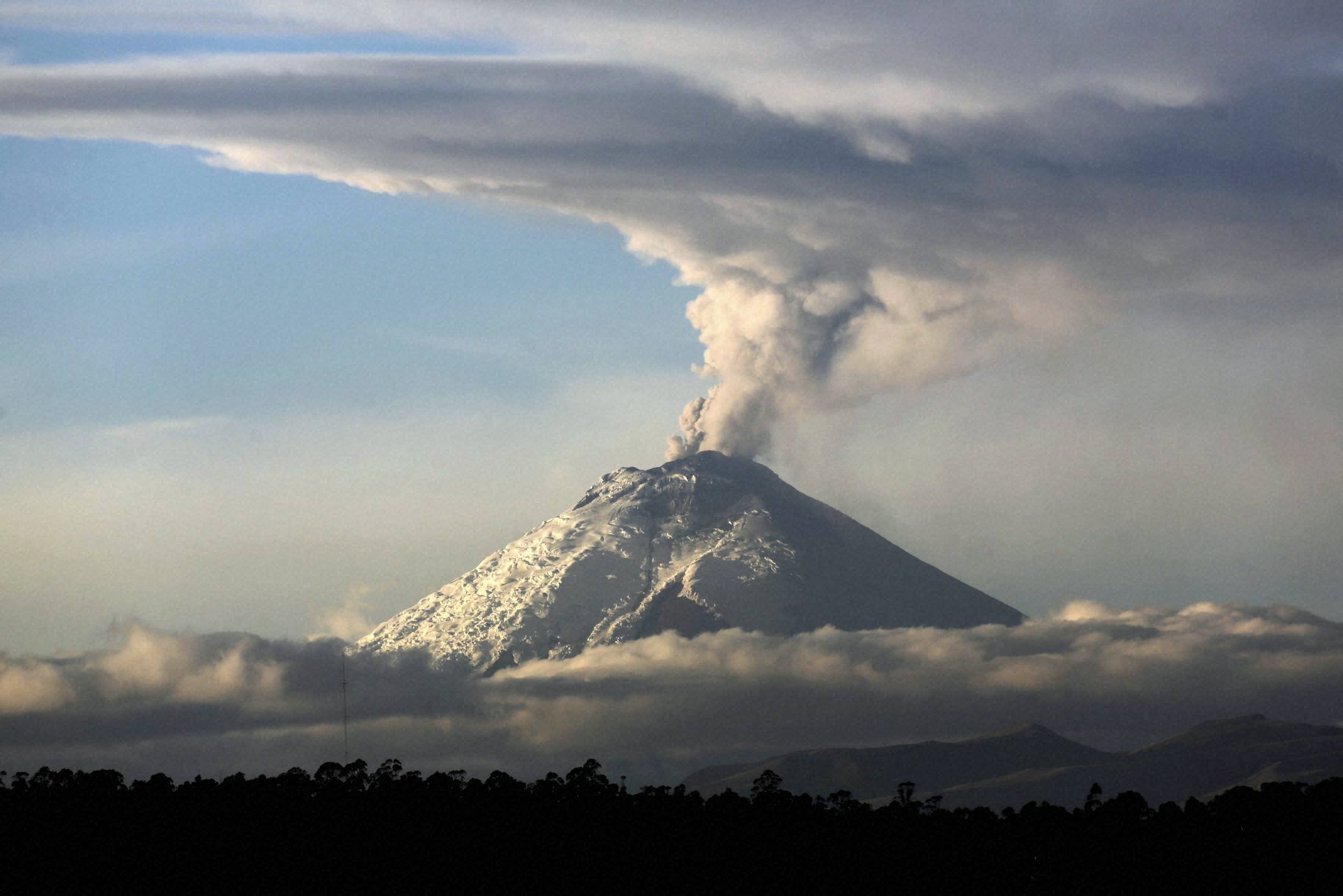When researchers of University of California, Los Angeles were studying the origin of the Moon they found evidences that it was produced after a planet named Theia smashed headfirst into Earth nearly 4.5 billion years ago. The study hints that this collision was so strong that the ‘planetary embryo’ (Theia) which had hit Earth ended up fusing with both Moon and Earth.

The team studied seven rocks that were brought to Earth from the Moon during the Apollo missions and six volcanic rocks from Earth’s mantle. They analyzed what kind of oxygen isotope the rocks had within themselves, which scientifically means they were counting the number of protons and neutrons in the oxygen atoms.

“The key to reconstructing the giant impact was a chemical signature revealed in the rocks’ oxygen atoms. (Oxygen makes up 90 percent of rocks’ volume and 50 percent of their weight.) More than 99.9 percent of Earth’s oxygen is O-16, so called because each atom contains eight protons and eight neutrons. But there also are small quantities of heavier oxygen isotopes: O-17, which have one extra neutron, and O-18, which have two extra neutrons. Earth, Mars and other planetary bodies in our solar system each has a unique ratio of O-17 to O-16 — each one a distinctive “fingerprint.”,” they published on their website.
If Theia simply ‘swiped’ Earth and produced Moon like it was predicted to be then Moon would mainly be made up of Theia and the rocks would have had different chemical formulas. Which was not the situation in this case.
“We don’t see any difference between Earth’s and the Moon’s oxygen isotopes; they’re indistinguishable,” said Edward Young, the lead author of the new study and a UCLA professor of geochemistry and cosmochemistry.
Watch this video published in 2012
“Theia was thoroughly mixed into both the Earth and the moon, and evenly dispersed between them. This explains why we don’t see a different signature of Theia in the Moon versus Earth,” said Young.
The study does not reveal much about Theia but it does say that Earth was made up of two planets.
Young had explained that if Theia had survived it would have become a planet. If the research is confirmed then it will introduce a completely different concept about the formation and evolution of the planets. It could also provide perception about the existence of water amidst such collisions. A collision with another planet would have potentially deprived Earth from water. In that case the study suggest that it small asteroid collisions tens of millions of years later may have brought it back.

















